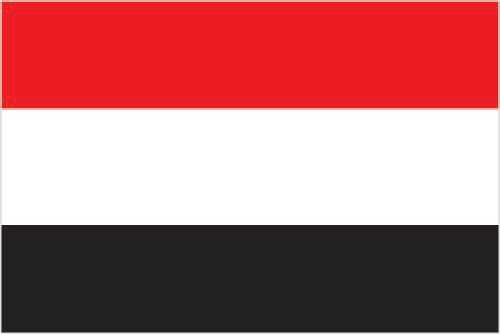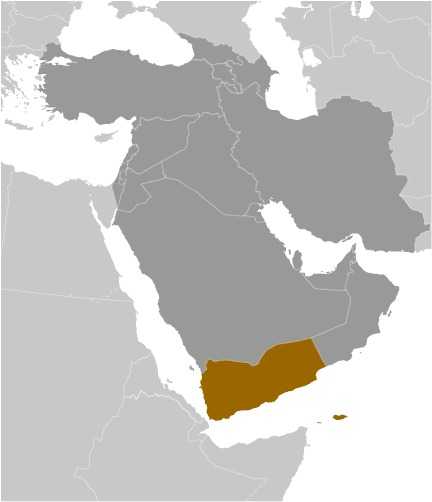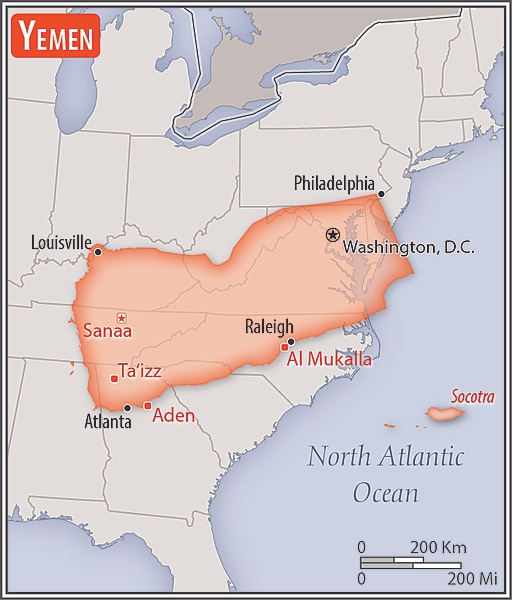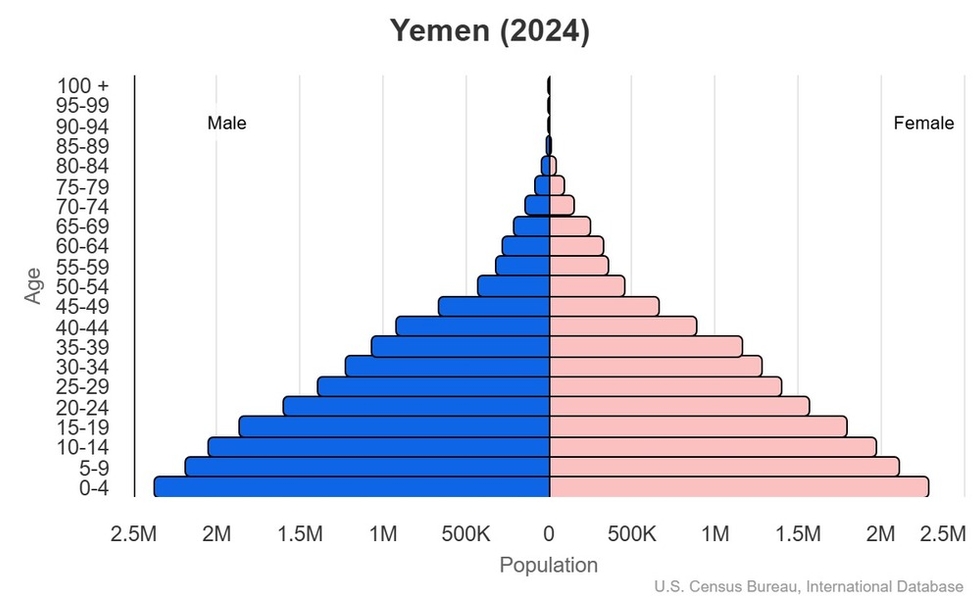Introduction
Visit the Definitions and Notes page to view a description of each topic.
Geography
People and Society
Population
comparison rankings: total 48; male 47; female 47
Languages
Median age
comparison ranking: total 188
Population growth rate
comparison ranking: 48
Birth rate
comparison ranking: 49
Death rate
comparison ranking: 182
Net migration rate
comparison ranking: 108
Maternal mortality ratio
comparison ranking: 62
Infant mortality rate
comparison ranking: total 26
Life expectancy at birth
comparison ranking: total population 191
Total fertility rate
comparison ranking: 54
Obesity - adult prevalence rate
comparison ranking: 120
Alcohol consumption per capita
comparison ranking: total 182
Tobacco use
comparison ranking: total 67
Environment
Carbon dioxide emissions
comparison ranking: total emissions 115
Government
Economy
Real GDP (purchasing power parity)
comparison ranking: 156
Real GDP growth rate
comparison ranking: 184
Real GDP per capita
comparison ranking: 219
Inflation rate (consumer prices)
comparison ranking: 198
GDP - composition, by sector of origin
comparison rankings: agriculture 14; industry 83; services 189
Industrial production growth rate
comparison ranking: 150
Labor force
comparison ranking: 65
Unemployment rate
comparison ranking: 177
Youth unemployment rate (ages 15-24)
comparison ranking: total 18
Current account balance
comparison ranking: 154
Reserves of foreign exchange and gold
comparison ranking: 141
Debt - external
comparison ranking: 63
Energy
Electricity
comparison rankings: installed generating capacity 124; consumption 147; transmission/distribution losses 79
Energy consumption per capita
comparison ranking: 178
Communications
Telephones - fixed lines
comparison ranking: total subscriptions 79
Telephones - mobile cellular
comparison ranking: total subscriptions 65
Broadband - fixed subscriptions
comparison ranking: total 99
Transportation
Merchant marine
comparison ranking: total 133




